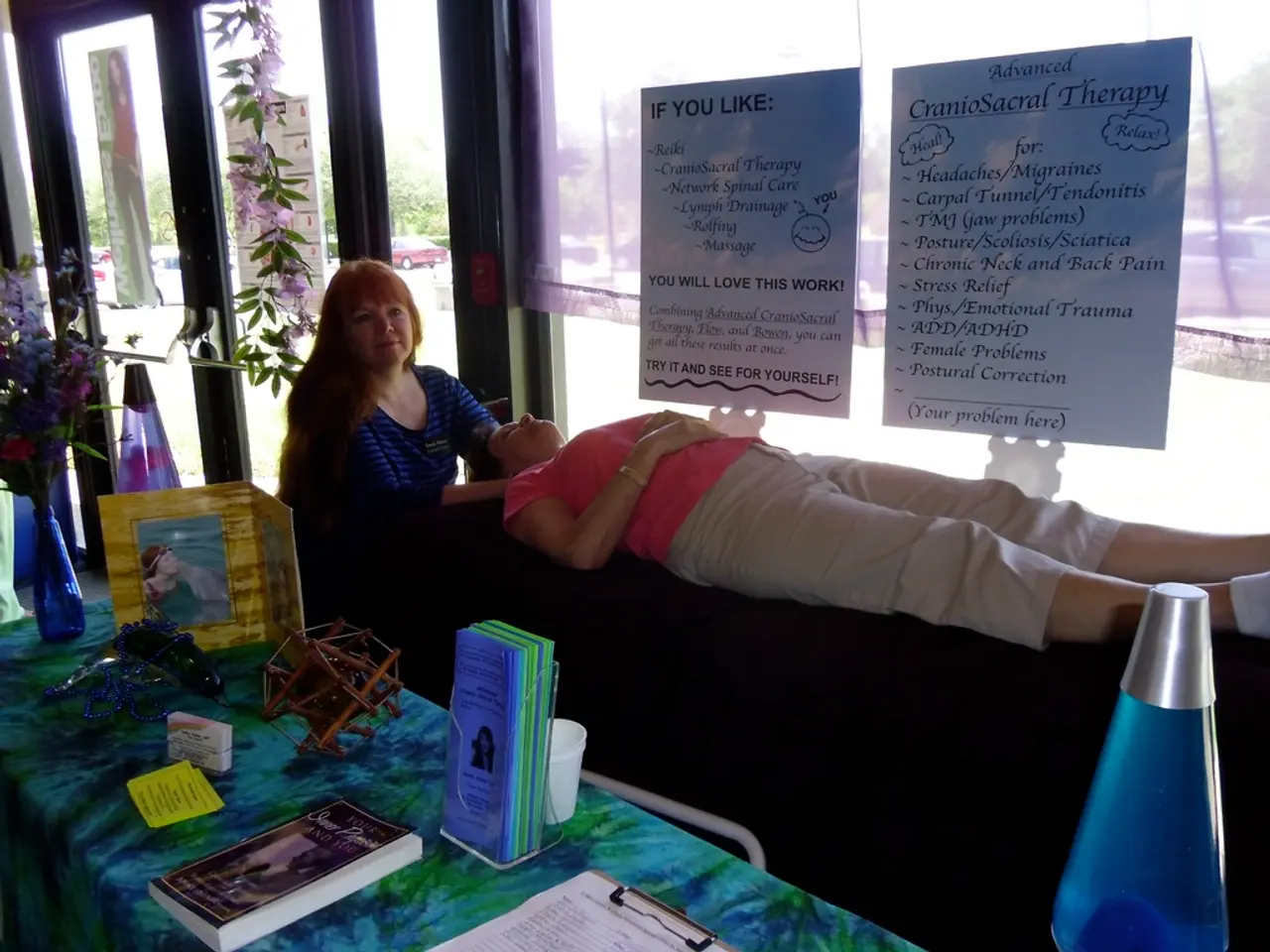Winter Blues Remedies: Scientific Methods to Maintain Happiness During Cold Seasons
Seasonal Affective Disorder (SAD) is a seasonal condition that affects up to 10% of the population, primarily during autumn and winter months. Characterised by low moods, lethargy, and sleepiness, SAD can significantly impact quality of life. However, there are scientifically proven strategies that can help manage and overcome this condition.
Light Therapy: A first-line, low-risk treatment for SAD is light therapy. This involves sitting near a light source, such as a SAD light box or SAD lamp, for 20-30 minutes each morning. By providing sufficient light during dark days, light therapy helps regulate circadian rhythms and boost serotonin levels. Research shows that 3 weeks of bright light (6000 lux) treatment in the morning led to overcoming depressive symptoms in 61% of participants [1].
Cognitive Behaviour Therapy (CBT): Recommended by the National Institute of Health and Care Excellence (NICE) as one of the treatments for SAD, CBT focuses on physical symptoms, thoughts, feelings, and behaviour. It empowers individuals with stress reduction, problem-solving, coping, and self-management strategies. A study found that a combination of light therapy and CBT led to SAD recovery in 70% of participants, compared to 40% of CBT and 50% of light therapy treated participants [1].
Medications: Antidepressant medications such as selective serotonin reuptake inhibitors (SSRIs) like fluoxetine or sertraline can also be helpful. They should be managed under a healthcare provider’s supervision due to delayed onset of effect and potential side effects. Vitamin D supplementation may also be beneficial if deficiency is present, as Vitamin D is needed for serotonin production and levels tend to be low during autumn and winter [1].
Lifestyle Changes: Practising physical activity has consistently shown to improve mental health and reduce depressive symptoms in those with SAD. Regular exercise, maintaining a consistent sleep schedule, and spending time outdoors during daylight hours can boost mood and resilience [2][4]. Adopting good nutrition practices can also help manage symptoms, with one notable nutrient being 5-HTP, the direct precursor to serotonin [3].
In conclusion, the best outcomes are usually achieved by combining light therapy, CBT, medications when needed, and lifestyle adjustments tailored to the individual's needs [1][3]. By implementing these strategies, individuals can take control of their mental health and look forward to a happier winter.
References: [1] National Health Service (NHS). (2021). Seasonal Affective Disorder (SAD). Retrieved from https://www.nhs.uk/mental-health/conditions/seasonal-affective-disorder-sad/ [2] American Psychological Association. (2020). Exercise is an Underutilized Treatment. Retrieved from https://www.apa.org/topics/exercise [3] National Institute of Mental Health (NIMH). (2021). Seasonal Affective Disorder. Retrieved from https://www.nimh.nih.gov/health/topics/seasonal-affective-disorder-sad/index.shtml [4] National Sleep Foundation. (2020). Sleep and Mental Health. Retrieved from https://www.sleepfoundation.org/articles/sleep-and-mental-health
- Alongside light therapy and cognitive behavior therapy, fitness-and-exercise, such as regular physical activity, can improve mental health and reduce depressive symptoms in individuals with Seasonal Affective Disorder (SAD).
- Nutrition plays a vital role in managing symptoms of SAD, with 5-HTP, the direct precursor to serotonin, being a notable nutrient that can help.
- Health-and-wellness strategies like mental-health therapies, treatments, and medications, such as selective serotonin reuptake inhibitors (SSRIs) or Vitamin D supplementation, should be combined with lifestyle adjustments like maintaining a consistent sleep schedule and spending time outdoors during daylight hours to achieve the best outcomes for managing SAD.




